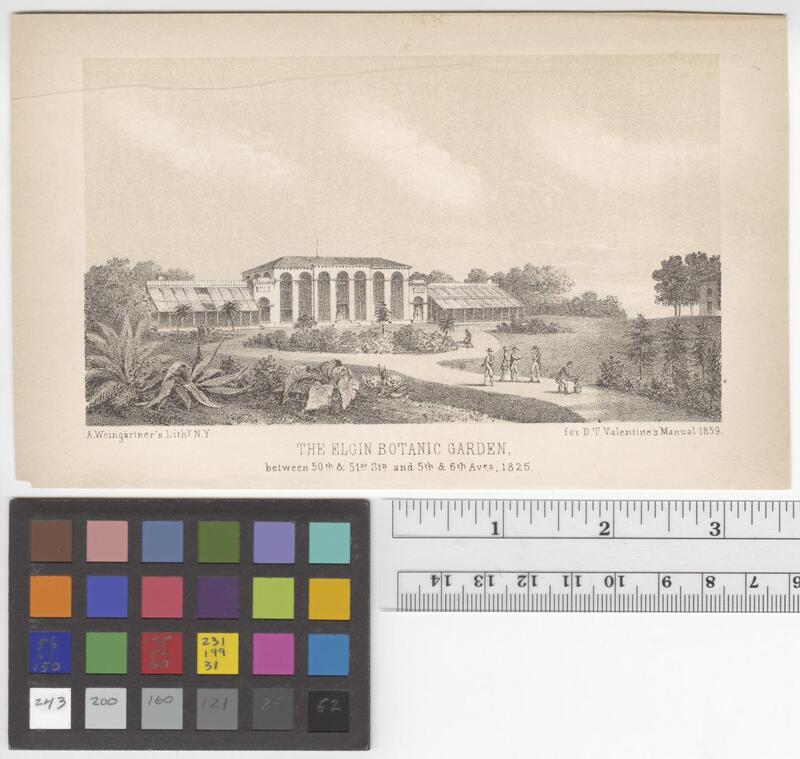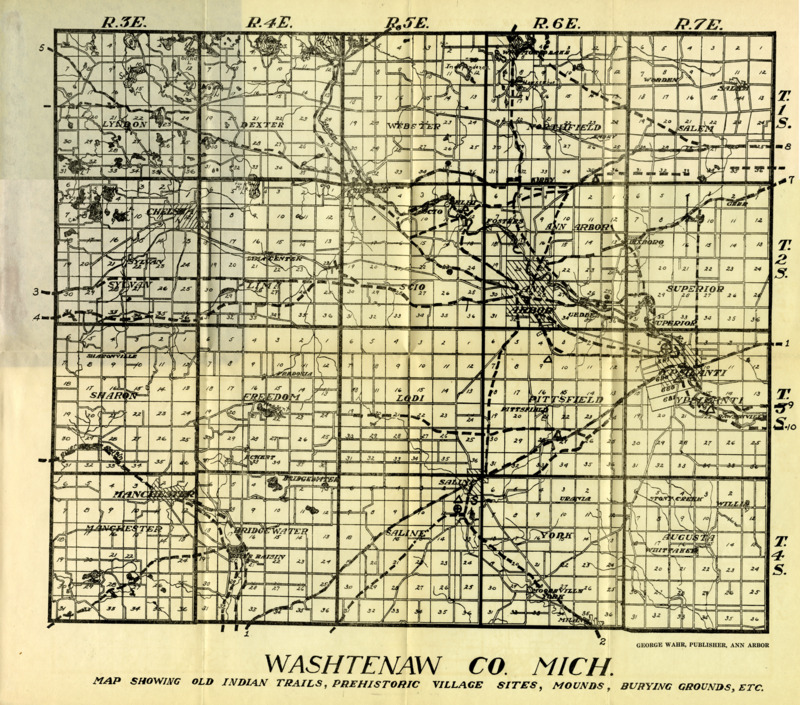History of Botanical Gardens
Quest for Scientific Discovery
Botanical gardens have been around for hundreds of years. Some of the first botanical gardens were in China and areas close to the Mediterranean Sea ("Botanical Gardens"). These gardens were used as sources of food and ingredients for medicines ("Botanical Gardens").
In the 1800s, more universities and wealthy people in Europe began to travel around the world in search of interesting plants ("Botanical Gardens"). They would go to places like the Amazon and the South Asian islands. Scientists and explorers would try to find plants to bring back to their homes and universities. These plants helped scientists make important discoveries. But some people who collected plants only wanted them because they could sell them back in Europe to wealthy collectors.
The explorers that searched for plants to sell did not respect the places they visited (Baber 660). These types of explorers did not care about how their actions would hurt the local environment or the people who lived there. Even some scientists did this and took any plant they wanted. These plants would eventually arrive in Europe. Then, they would be put in a greenhouse to be studied and viewed by people. Even though people enjoyed the plants and scientists made many discoveries because of them, few people thought about the consequence of their actions.
When people take plants out of their native places, they must be very careful. If they are not, they can hurt the environment by removing a unique plant. Taking plants can also hurt the people from that country. Some plants have special meanings to people from different countries and some plants are used by different cultures for medicines. When scientists and explorers remove these special or holy plants, they don't always try to understand what a plant means to people in that country. This is not respectful to those cultures. But back then, explorers and scientists did not think about these things.
Some of the plants that explorers or scientists took from different plances are still kept in botanical gardens and greenhouses. These plants still help scientists make important discoveries. These plants also let people from different places see what kinds of plants grow all over the world. Even though this is a good thing, it is still important to know the history of these plants and where they are from.
Activity: What is your favorite plant? With the help of an adult, use the internet or a book to learn about that plant.
- Where did your favorite plant originate?
- What is the landscape like?
- What is the climate like?
- Does that plant have a specific meaning or use to the people from that area? For example, is it used in medicines or in ceremonies? If you can't this information, what does your favorite plant mean to you? What does it remind you of? Do you use it for anything?
Modern Botanical Gardens and Expeditions
Even though some explorers and scientists from the 1800s and 1900s did not think about the consequences of collecting plants from far away places, modern botanists and botanical gardens are much more careful about their plant collecting.
Today, scientists and botanists who look for new plants are much more careful. They do not always take the plant. Instead of taking plants, scientists carefully study the plants where they are. They take pictures and the measure the plants. Sometimes they take small pieces to study, but they usually leave the plant where they found it.
Botanical Gardens are also being more careful about their plant collections. Some gardens choose not to collect or keep non-native plants at all. Instead, these gardens collect and care for plants that are native to their area. Though both Matthaei Botanical Gardens and the Nichols Arboretum have non-native plants in their gardens and greenhouses, they have put in extra effort to showcase native plants and trees.
History of Botanical Gardens at U of M
The University of Michigan has a long history of botanical gardens too! The University opened the University of Michigan Botanical Garden and Arboretum, now known as the Nichols Arboretum, in 1907 ("We Are Turning 100!" 1). However, the University had wanted a garden since 1854! Until a proper garden was planned, scientists and botanists at the University planted small gardens all around the campus for students, botanists, doctors, and other scientists to study ("History").
In the 1950s, the University started to plan another botanical garden. This garden could be used by professors and students and enjoyed by the public. In 1957, the University chose a 200-acre space where they would create the new botanical garden ("History"). This garden would be known as the Matthaei Botanical Garden.
As with any garden, both the Nichols Arboretum and Matthaei Botanical Gardens changed over the years. Some changes were creating greenhouses and special gardens for botanists to use and study. For example, the Peony Garden at Nichols Arboretum was created for botanists to study thousands of peony types. Other changes included new gardens for people to come and enjoy. For example, the University added the Gaffield Children's Garden at Matthaei Botanical Gardens in 2008. You can explore more about these gardens in this archive!
North American Botanical Gardens and Indigenous Land
Before Europeans colonized North America, Indigenous peoples owned and controlled the continent. As the Europeans settled, they would often take control of lands owned and ruled by Indigenous people and build their own towns. Overtime, Indigenous people held less and less land. As a result, much of the land we walk on today once belonged to Indigenous people.
Washtenaw County and Ann Arbor are no exception. In the past, the Ojibwe, Odawa, Potawatomi, Shawnee, and Wendat (Huron) Tribes controlled most of the area that would become Washtenaw Countey (American Indians at the University of Michigan). In 1817, these Tribes gave a "land gift" to the founders of the University of Michigan so they could build a larger school (American Indians at the University of Michigan). The land that would become Matthaei Botanical Gardens and Nichols Arboretum were not part of this gift. The grounds were donated much later by the Matthaei Family and the Nichols Family. However, these grounds could have belonged to Indigenous people well before the Matthaei and Nichols families owned those areas.
This is an important issue to be aware of because Indigenous people throghout North America have been put at a disadvantage because of the way European settlers took control of their lands. Although we cannot say for certain that the University of Michigan's botanical gardens are on native lands, this is still something about botanical gardens in North America which everyone should know. Just like plants being torn from countries by European explorers, Indigenous people were often forced from their lands. We should continue to enjoy the natural beauty of botanical gardens, but next time you are there, or anywhere in North America, take time to appreciate the space that Indigenous people were forced to give up.
References
American Indians at the University of Michigan. "About." American Indians at the University of Michigan. October 30, 2011. http://www.umich.edu/~aium/about.html.
Baber, Zaheer. "The Plants of Empire: Botanic Gardens, Colonial Power and Botanical Knowledge." Journal of Contemporary Asia, vol. 46, no. 4, 2019, pp. 659-679.
"Botanical garden." Britannica School, Encyclopædia Britannica, 19 Jan. 2015. school-eb-com.proxy.lib.umich.edu/levels/high/article/botanical-garden/15848.
Click Next for additional Educational Resources.


